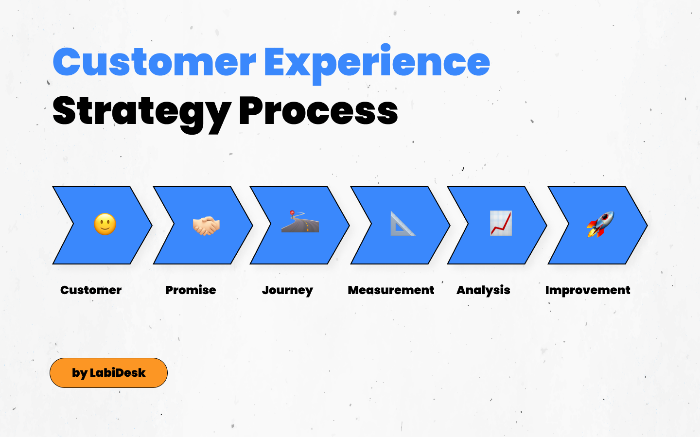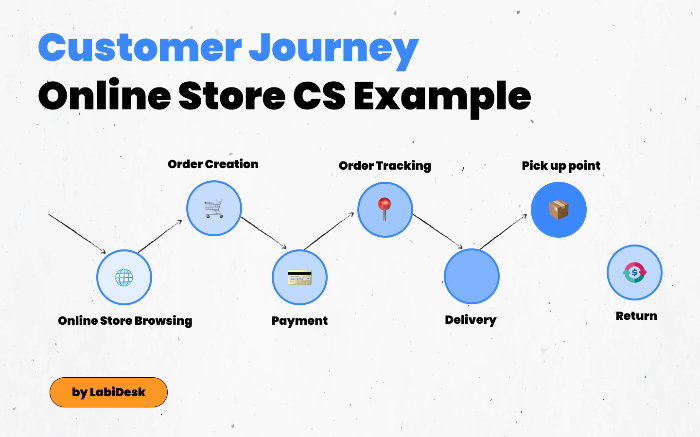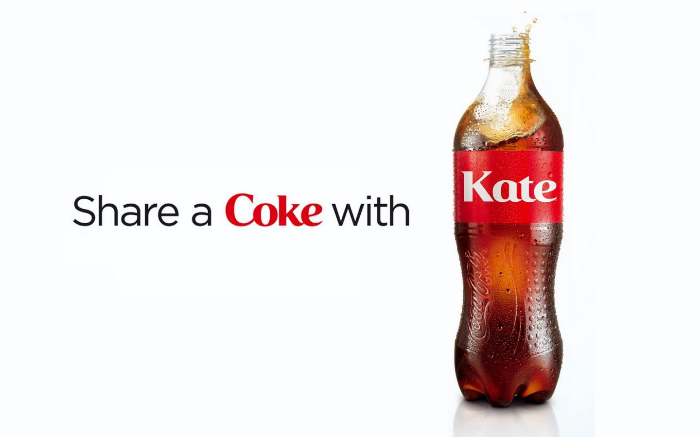Customer experience is an essential element of the success of a business. It is a multidimensional construct that can be influenced at all stages of the customer experience cycle. The nature of the customer experience is context dependent and is dependent on the consumer's perception of the experiences they are having. The consumer is an active participant in the customer experience.
What is Customer Experience?
At its core, customer experience (CX) is all about answering this one question: “How is your organization delivering value to your customer?” Customer experience is a customer-centric approach. It focuses on understanding a customer’s “needs, wants, and desires” and it has become a primary lens for evaluating and shaping the marketer’s strategic approach. Customer experience is about how you do business. If a customer has a positive experience, then it can lead to the “loyalty factor”—a belief that the company is going to take care of them and that they’ll be supported. On the other hand, if they have a bad experience, they’re going to be loyal to someone else. In the end, great companies focus on the customer experience. They want to be the best.Importance of Customer Experience
Today, customers have a lot of power. They can go online and talk about their most recent experiences with your brand. Within 24 hours, this can reach thousands of people. If customers are unsatisfied, it could be their last time purchasing from your brand. It’s important to make your customers feel as if they’re in good hands. Customer experience is the principal focus of doing business today. It’s a capability that many businesses don’t understand the importance of. The right CX strategy can be the difference in grabbing more market share or watching the competition take it. It works by keeping an ear to the ground, listening to what customers are saying, and giving them the best service possible in their moment of need.
5 Strategies to Improve Customer Experience
The customer experience can be improved, but it requires a new approach to the way that you handle your customers. It all starts by putting the customer at the center of your strategy and thinking about how you can improve your customers' experience. This can take a lot of work and it's not easy, but the good news is that making focus on improving the customer experience, your company's success will improve, as well!

✅ Gather Feedback
Customer feedback is essential to ensure you're giving the best possible experience to your customers, the best customer experience. While you may have a general idea of how things are going, it's difficult to get a close look at what your customers are feeling. Feedback tells you exactly how your customers are feeling instead of just how they're behaving. Gathering feedback from your customers is a great way to improve your business.
Customer feedback is critical to a business’ success, but not all businesses have a formal process in place to collect customer feedback. This can lead to a wide range of issues, including customer satisfaction being hard to measure and difficult to improve. Whether you’re a business that’s just getting started or one that’s been around for decades, implementing a customer feedback process can be a big turn in the right direction.
✅ Feature Requests
It's important to stay in touch with your users for a stellar customer experience. Create a place for them to freely write their thoughts and suggestions, whether it be on a forum, in an email newsletter, or a public chat room. These are all excellent opportunities to gain new insights and feedback on how to make your product more useful to the customer. You'll be surprised at how much you can learn from your customers and most of the time the solution for their problem is a lot simpler than you think!
In order to get new products or features in your product line, you need to do some market research. To do this research, create a forum to gather customer feedback and suggestions. Then, create a simple survey to gather more information on what they want more of and how you can help them. You can also add questions to the end of the survey to gather more information on how they use your products. It's important to give your customers a voice in your company and to respond promptly to their requests. This will make your company more customer-focused and will make your customers feel valued and appreciated!
✅ Proactive Customer Service
The best way to create a unique customer experience is to anticipate customers’ needs early on. Having a large customer service team is great, but it can be difficult to scale. Creating a system that allows you to anticipate the needs of customers is scalable and allows your company to personalize a service in a way that fits the needs of your customers.
Being proactive helps to build a relationship with customers and make them feel appreciated. Anticipating customer needs and acting before the customer has to ask for help shows you care about their experience and it could even introduce them to something they never knew they needed! When a customer is taken care of, they won't only feel appreciated they will also remember the business and be more likely to make a return visit!
✅ Сustomer Personalization
Personalization is a way to engage your client on a more personal level and bring better customer experience. It is a great way to get them to feel like they aren't just talking to the company, but an actual person who can help them. You can do this by making them feel like they are just as important as any other client. They should not feel like they are just another number or statistic. You can achieve this by using their preferred contact method. Companies like to have one-on-one conversations with their customers to find out how they can best help them. It's important for companies to provide the best service possible because their reputation is on the line. That's why companies like to use many ways to stay in touch with their customers such as email, phone, Facebook, and Twitter. All of these are great ways to reach their customers.

✅ Engagement centric strategy
A surprising number of brands are still approaching customer engagement through a static set of experiences and with a focus on the benefit to them instead of the customer. This can take the shape of a campaign, a tool, or some other solution that's not deeply rooted in the customer's perspective. This approach has resulted in more questions than answers and that's why more brands are embracing an 'engagement-centric' business strategy that's deeply rooted in consumer behavior, values, and lifecycle stage rather than a one-off solution or campaign.
Customer engagement has been a buzzword for some time now, but few brands are truly stepping up to a customer-first platform. An engagement-centric business strategy means that your brand is putting the customer first. On a daily basis, brands are seeing more and more customers get frustrated with the efforts of their brands to engage. By putting the customer at the heart of your strategy, your brand will have a deeper understanding of the customer. This will help your brand gain the trust of their customers and become their best option over your competitors.
Measuring Customer Experience
This is important to know so that you can decide on whether or not to keep the current product. If the NPS is positive, then you're doing a good job. If the NPS is negative, then you're doing a bad job and should consider updating it or possibly removing the product.When measuring NPS, consider data in aggregate across teams. For example, you'll need to access the NPS of the marketing team and the product team. One of the issues is that the marketing team will focus more on the customer interface whereas the product team will focus more on the product interface. It's important to know the NPS for in-product usage, so that you can correctly gauge the quality of your product. This is a good example of Measuring Net Promoter Score using Product and Marketing teams.
Customer Experience Example

Coca Cola has been one of the most famous drinks for generations extending throughout the world. The Share a Coke campaign came at a perfect time and it was a big success. The campaign encouraged people to share their favorite drink with people they love. Share a Coke bottles were printed with the names of many different people.The campaign became very popular and the demand for new names of people to have on Coca Cola bottles grew. Customers were happy to have their names on their favorite drink. It was perfect for a gift and became a success.
Сustomer Experience Management Tools
LabiDesk

LabiDesk is a customer service platform that allows businesses to increase and make customer experience better. The tool provides the ability to build customer relationships, capture customer feedback and even customer reviews, and post-purchase customer support. In addition, this customer service software offers a help desk with ticketing system and shared inbox, to help companies track customer inquiries, identify repeating customer support cases, and more.
All in all customer feedback is highly important and we would say one of the most important elements when it comes to business and customer experience. There are different kinds of feedback. There is the qualitative feedback, which is what your customers express to you and there is the quantitative feedback, which is the data you receive from surveys and analytics. Both are important. When you get qualitative feedback you can think of new ways to improve your business. If you're getting quantitative feedback, you can see if your product/service is working, if people are satisfied, or if your customers are even using it. When you incorporate both into your business, you'll be able to improve and grow!
We hope you enjoyed our article about what is customer experience. We hope you now have a better and complete knowledge of what customer experience is and how to improve it for your apps or website visitors, users and customers. If you have any other questions about customer experience, please contact us anytime. Thank you for reading, we are always excited when one of our posts is able to provide useful information on a topic like this!



































































































